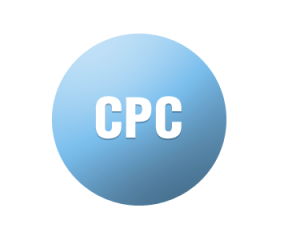CPC is a broad spectrum antiseptic that enhances CHX’s antibacterial effect.

- Broad spectrum antibiotic, fights gram+ and gram- bacteria, viruses and fungi, similarly to chlorhexidine in vitro; more effective against gram+ bacteria.
- Good adsorption in oral pH conditions.
- Substantivity in the oral cavity of 3-5 hours.
- Active against plaque and against the release of proinflammatory toxins by bacteria, therefore preventing the onset of gingivitis.
- Classified by the FDA as a safe and effective antimicrobial agent for controlling plaque-induced gingivitis, when formulated in a concentration range of between 0.045% and 0.1%.
Structure
The Cetylpyridinium chloride (CPC) molecule is a quaternary ammonium compound and monocationic surfactant that is soluble in alcohol and in aqueous solutions; it can act as a detergent and an antiseptic, it is non-corrosive and non-oxidising and has a neutral pH.
![]()
Mechanism of action
The polar and nonpolar regions of the molecule cause CPC to behave as a cationic surfactant with a net positive charge. CPC molecules bind to the negatively charged surface of the bacterial cell membrane. The nonpolar region of the molecule, which has similar traits to membrane phospholipids, penetrates the cell membrane of the bacteria, therefore altering it and generating an imbalance in the osmotic regulation, resulting in loss of cytoplasmic material and ultimately cell death.![]()
Its anti-gingivitis activity is also due to the neutralisation of proinflammatory bacterial toxins. CPC works by integrating these lipopolysaccharides to thereby alter their structure and neutralise them.
Substantivity
Properties
Indications
Instructions for use
Contraindications and interactions
Side effects
References:
 initiative
initiative